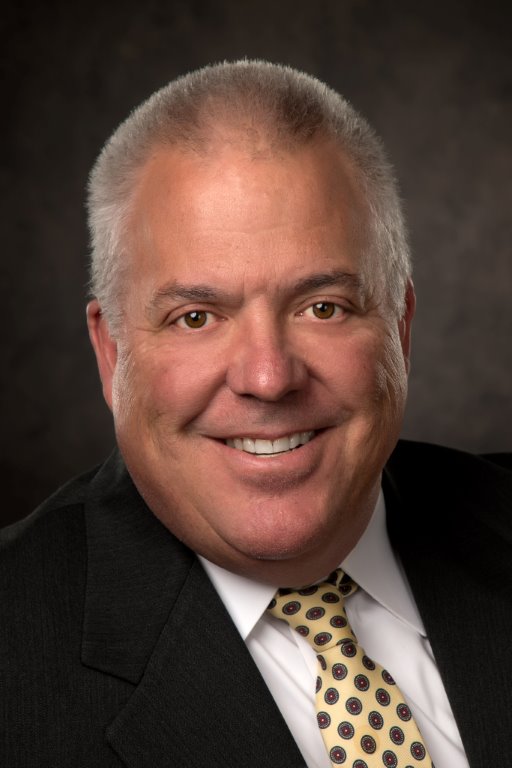By Tom Manskey
As the global economy evolves, the need for reliable and affordable energy resources has never been more important. Our local oil and gas industry is on the front lines producing energy needed to power homes and fuel the economy.
While energy demands continue to be at an all-time high, governments and businesses alike have placed a priority on limiting emissions, specifically carbon dioxide. Fortunately, carbon capture, utilization and sequestration (CCUS) – a proven technology about five decades old – is receiving recent attention and investment as a critical tool in ensuring energy production is as sustainable as possible.
CCUS works by capturing CO2 directly in the air or at emissions sites and transporting the gas to be stored securely underground. The technology offers tremendous environmental and economic benefits — Odessa is taking full advantage of both.
In April of this year, 1PointFive a subsidiary of OXY, held a groundbreaking ceremony for its latest carbon capture plant called Stratos. Located about an hour outside of Odessa, Stratos will be the world’s largest direct air capture plant, removing a projected 500,000 tons of CO2 from the atmosphere each year.
How much is 500,000 tons of CO2? This emission volume is equivalent to removing every vehicle in Ector County and then some. According to the Texas Department of Transportation drivers in the county total about 3 million vehicular miles daily which leads to approximately 1,314 tons of CO2 (a typical car emits 400 grams per mile). Total emissions would take over a year to approach 500,000 tons.
Another exciting local development will be the opening of the Nacero plant, a $5 to $7 billion facility slated for Penwell just west of Odessa. The plant, originally planned to make gasoline, will instead focus on sustainable and low-carbon aviation fuel by converting natural gas and other captured gas. All the plant’s energy will come from solar panels on-site and with local carbon emissions captured. Besides the environmental impact, this facility will create at least 3,500 construction jobs and 335 permanent operational jobs.
Both projects illustrate Odessa’s ability to continue supporting traditional energy production while investing in the future – both economically and environmentally. These projects are only the start as we continue welcoming CCUS development in our area. This progress can accelerate if our state leaders give CCUS necessary support amid increased competition from neighboring states – most notably, Louisiana.
Their state legislature has been very supportive of CCUS, and energy companies are noticing, announcing billions of dollars in projects. Louisiana also hopes to soon have authority from the Environmental Protection Agency to directly manage carbon well storage at the state level – a vital regulatory step to fast-track CCUS development without federal oversight. Texas has requested the same authority, though we are behind Louisiana in the process.
If we want to continue to attract investment in CCUS technologies like the Oxy and Nacero projects to Texas, we must put our full support behind this technology and demonstrate to our lawmakers in Austin and regulatory agencies in D.C. that Texas means business when it comes to CCUS.
Tom Manskey is the Director of Economic Development for the Odessa Chamber of Commerce.




